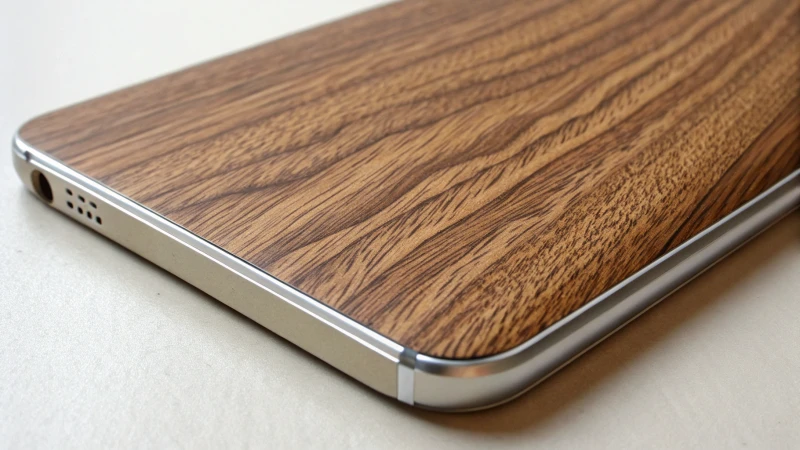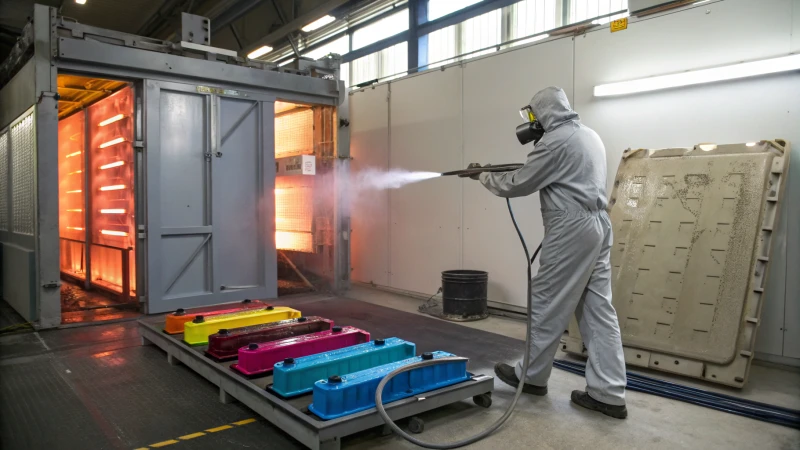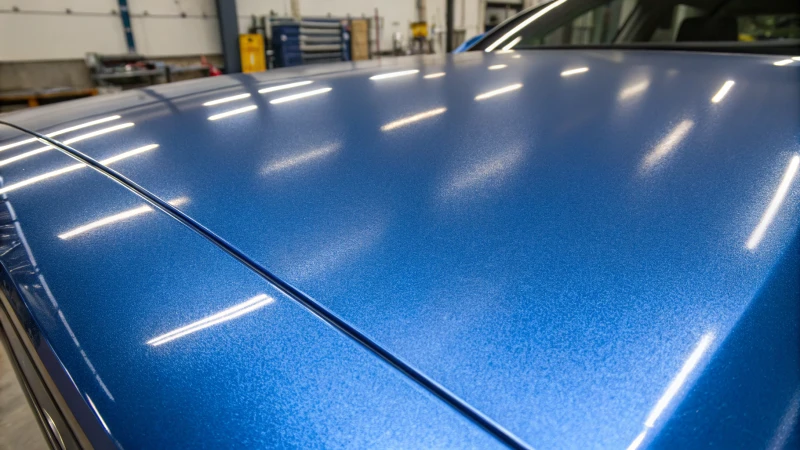Is Aluminum Difficult to Weld?

Aluminum looks like an easy material. But when you start welding it, problems pop up¡ªfast. The weld cracks, the surface oxidizes, and distortion happens.
Yes, aluminum is difficult to weld. It needs special equipment, the right skills, and careful preparation. Beginners often struggle because aluminum behaves differently from steel.
If you’ve ever tried to weld aluminum and felt like something was off, you’re not alone. In this article, I’ll explain why it’s tricky, whether beginners can handle it, and how it compares to other metals.
Why is aluminum welding so difficult?

Aluminum seems light and soft, so it surprises people when it’s hard to weld. That’s a problem that confuses even experienced welders.
Aluminum is hard to weld because it forms a strong oxide layer1, has high thermal conductivity2, and doesn’t show color changes before melting.
Let’s break it down. First, aluminum forms a thin oxide film instantly when exposed to air. This oxide melts at over 2000¡ãC, while aluminum itself melts around 660¡ãC. So if you don’t remove the oxide, you won’t get a clean weld. Second, aluminum pulls heat away very quickly, which means your weld area might not stay hot enough unless you compensate. Third, unlike steel, aluminum doesn’t change color before it melts. So you won’t get visual signs¡ªit just suddenly collapses into a puddle.
Common aluminum welding challenges
| Challenge | Description |
|---|---|
| Oxidation | Oxide layer must be removed before welding. |
| Porosity | Aluminum easily traps gases like hydrogen, leading to weak welds. |
| Warping and distortion | Its high heat conductivity causes parts to expand or twist. |
| No color change | No warning before melting; harder to judge when to start or stop welding. |
Types of welding used for aluminum
- TIG Welding (GTAW): Most common for aluminum. Precise, clean, but slow.
- MIG Welding (GMAW): Faster, easier for thicker aluminum, but requires careful settings.
- Laser welding: Used in precision industries, expensive but accurate.
Each of these methods requires tuning specific to aluminum. That makes switching from steel to aluminum a learning curve.
Can a beginner weld aluminum?

Many beginners think aluminum is soft and simple. But after a few failed welds, they realize it’s not like welding mild steel.
Yes, a beginner can weld aluminum, but it requires more preparation, the right tools, and lots of practice.
Beginners should start with MIG welding3 if they want to try aluminum. It’s more forgiving than TIG. Use a spool gun and choose 100% argon shielding gas4. Keep the work area clean. Preheat the aluminum if it’s thick. And remember¡ªdon’t expect perfect welds right away.
What beginners need for welding aluminum
| Tool/Step | Why it’s important |
|---|---|
| Spool gun | Prevents wire from bird-nesting due to softness of aluminum wire |
| Argon gas | Provides clean shield during welding, essential for aluminum |
| Clean surface | Removes oxidation and dirt that cause weld contamination |
| Practice | Aluminum is unforgiving; you’ll need to learn by doing |
Tips from my early welding days
When I started, I ruined many aluminum joints. My main mistake was treating it like steel. Once I cleaned the metal better and slowed down, things improved. Watching the puddle, adjusting torch angles, and keeping a consistent speed helped a lot.
What metal is hardest to weld?

Some metals don’t just challenge your skills¡ªthey test your patience. Welders often debate which is the toughest.
Titanium, cast iron, and high-strength steels5 are often harder to weld than aluminum because of brittleness or special requirements.
Titanium is very reactive with air. So it needs a completely shielded environment, or it will become brittle. Cast iron has uneven carbon content, which makes cracks common. Some stainless steels require precise heat control or they’ll lose their properties.
Metal weldability comparison
| Metal | Weldability | Common Problems |
|---|---|---|
| Aluminum | Medium | Oxidation, porosity, high conductivity |
| Steel | Easy | Forgiving, widely used |
| Titanium6 | Hard | Reacts with oxygen, needs special shielding |
| Cast Iron | Hard | Cracks easily, needs preheat and post-weld cooling |
| Stainless Steel | Medium | Heat sensitive, warps without care |
So while aluminum is difficult, it’s not the hardest. But it does fall in the top three for many welders.
Is aluminum harder to weld than steel?

If you’ve welded steel, you might expect aluminum to be easier¡ªit’s lighter and softer. But many are surprised.
Yes, aluminum is harder to weld than steel7 because it reacts differently to heat and needs special preparation.
Steel melts slower, shows color changes, and holds its shape better. It doesn’t form an oxide layer as quickly. That makes it easier to control during welding. Aluminum melts fast, warps easily, and hides its temperature.
How steel and aluminum welding differ
| Feature | Aluminum | Steel |
|---|---|---|
| Melting point | 660¡ãC | 1425¨C1540¡ãC |
| Oxide layer | Forms instantly, melts at 2000¡ãC | Thinner, less troublesome |
| Heat conductivity | High | Medium |
| Weld control | Requires more experience | Easier to see and adjust |
| Surface prep | Must be thorough | More forgiving |
In my factory, we often prepare aluminum profiles for bending and welding. We pre-clean, sometimes preheat, and often use CNC precision setups. For steel, the prep work is simpler, and welds are more tolerant to minor mistakes.
Conclusion
Aluminum is more difficult to weld than steel. It needs special tools, clean surfaces, and practice. But with the right approach, even beginners can learn to weld it well.
-
Understanding the oxide layer is crucial for successful aluminum welding, as it directly impacts weld quality. ↩
-
Exploring thermal conductivity will help you grasp the challenges in maintaining weld temperature, essential for effective welding. ↩
-
Explore this link to understand MIG welding, its advantages for beginners, and how it specifically applies to aluminum welding. ↩
-
Learn about the critical role of argon shielding gas in aluminum welding to ensure clean and effective welds. ↩
-
Discover the specific requirements and difficulties associated with welding high-strength steels effectively. ↩
-
Explore the unique challenges of welding Titanium, including its reactivity and the need for special shielding. ↩
-
Understanding the challenges of welding aluminum compared to steel can enhance your welding skills and knowledge. ↩



